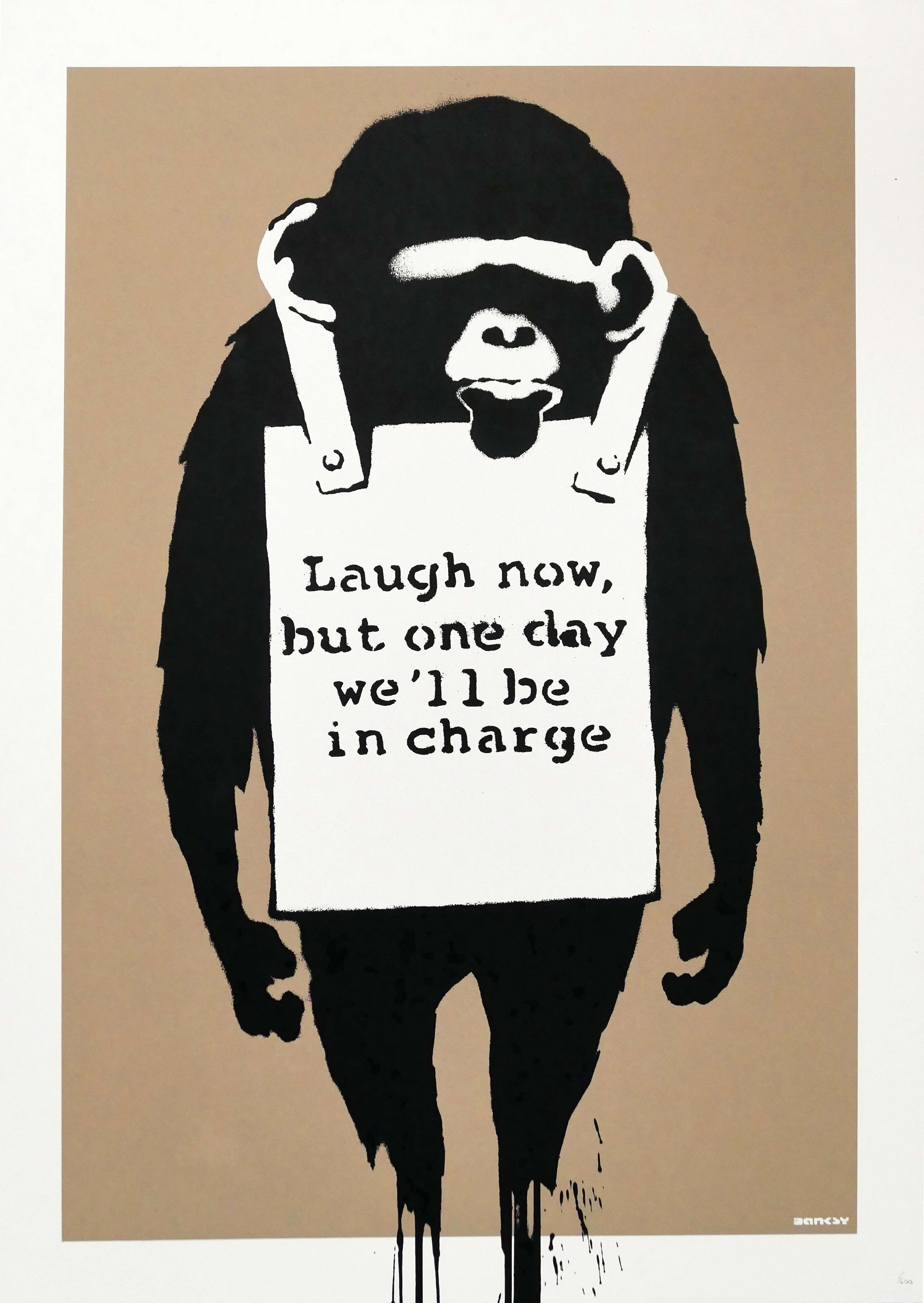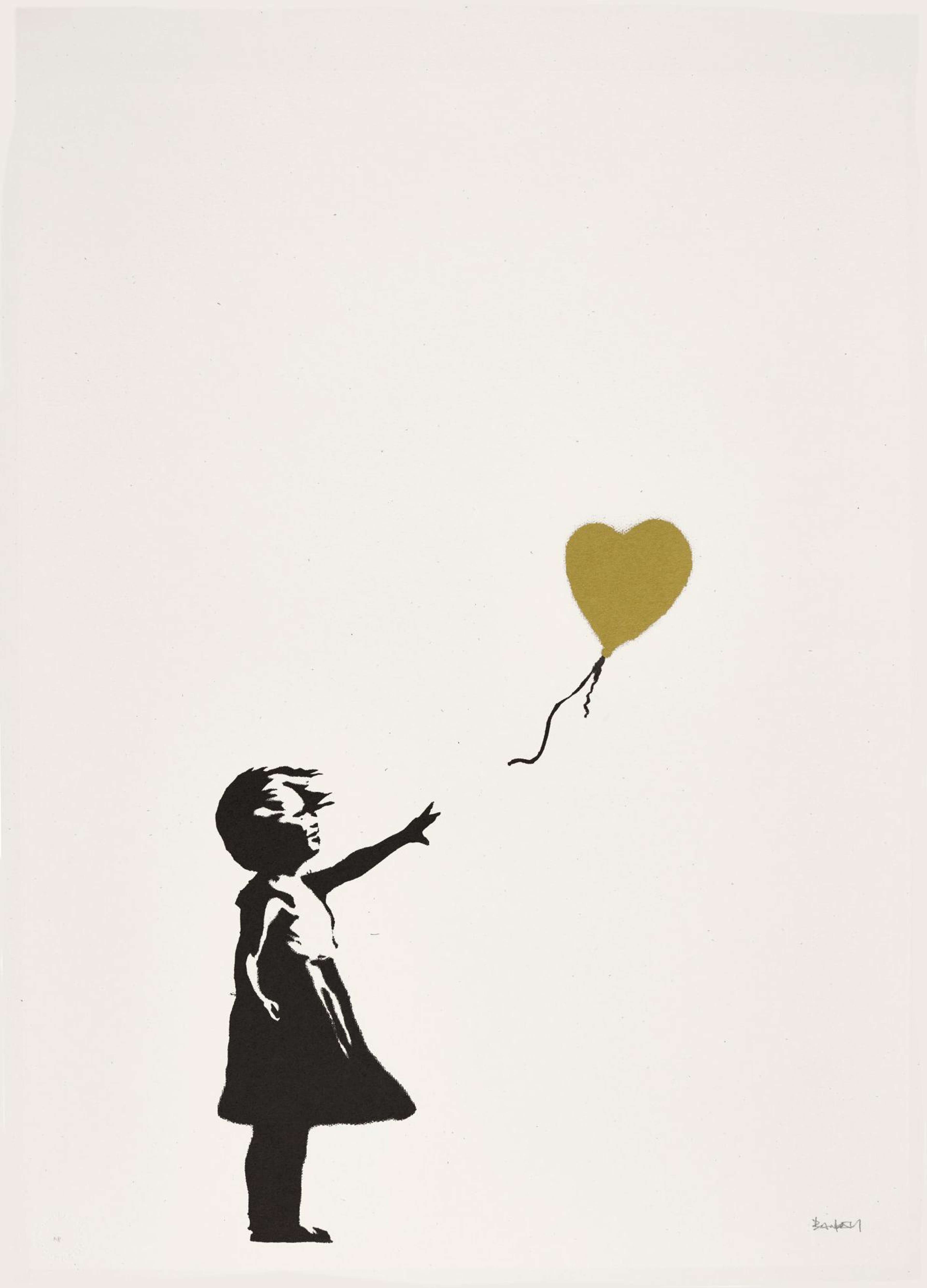MyArtBroker Talks: Financing Your Art Collection

 Dollar Sign Quad (F. & S. II.283) © Andy Warhol 1982
Dollar Sign Quad (F. & S. II.283) © Andy Warhol 1982MyPortfolio
Starting an art collection can sometimes seem daunting and inaccessible. Charlotte Stewart sits down with Angela Roldán from ArtMoney and explores where to start when buying art and the financing options available to make collecting an attainable feat.
In conversation with Angela Roldán, the Global Sales Director of Art Money, we consider the best ways to finance a collection. In the past three years, collectors’ attitudes to accessing information on online markets has transformed. Transparency is more important than ever before, and here we discuss how to start collecting with the online art market.
Q: Charlotte Stewart: Today we’re joined by Angela Roldán, the Global Sales Director of Art Money. We started talking last year about the online art market and considerations for clients and collectors. Angela, can you tell us a little about your background.
Angela Roldán: Previously, I worked at Artsy, where I was managing gallery partnerships and working with European clients. Before that I was at Artfinder, which sources affordable art for collectors directly from the artists themselves. I’m currently working with Art Money, and we’re helping collectors buy art by allowing them to pay overtime. For me, my main focus has always been in sales and business development in art. Whether it’s through dealers, auction houses, online platforms of galleries, we support buyers through the use of our technology.
Q: CS: How can buyers start a collection with financing options like ArtMoney?
AR: We have a very straightforward proposal: take the art you want home today. Using Art Money, you can pay in 10 months over 10 payments with no interest. If you want to buy a piece for £20,000, the gallery will usually be partnered with us. If they’re not, we will approach them for you. We ask you to pay a 10% deposit – so £2,000 in this case – and pay the rest over the next nine months.
We always say it’s not about affordability, it’s about psychology. It’s a lot easier to take the artwork home today and pay overtime, rather than upfront. It removes the guilt, it removes the dilemma of making the “right” decision.
Q: CS: What trends have you seen recently in this collective market?
AR: Even in the past four or five years, collectors are demanding more from sellers. Gone are the days when the seller had all the power in negotiations. Nowadays, more people are dipping their toes in collecting art, and they’re demanding more. They’re demanding payment plans, immediately available information, price transparency, ease of shipping, and ease of storage.
Q: CS: Do you think that’s just a case of the world becoming more digital? Or is that something unique to the art market?
AR: I think it’s a reflection of the world, but I think the art market is still behind in comparison to other industries – like the fashion industry. 15 years ago, you wouldn’t even consider buying a pair of shoes online, and now people actively avoid shopping in person. The art market is now catching up, and more art businesses are tapping into demographics who traditionally haven’t been interested in art, educating them, and giving them as much information as possible.
Q: CS: Transparency is essential when collecting art, but certain old institutions still hold a huge trust element. For online art businesses, there are no bricks and mortar involved in the transaction. Once online businesses create an ecosystem around their online buyers, they can be a lot more powerful than these older institutions and high street galleries. Would you agree?
AR: Just like the fashion industry, we’re seeing the same patterns in the art market. There is now less emphasis placed on the bricks and mortar of a solid gallery or auction house. I don’t like the term “democratising” the art world, I think it’s been very bastardised. However, players that create a brand of trust, where you have availability of information and transparency, are the ones who will thrive.
CS: I’m also not a fan of the concept of democratising the art world. We’re talking about a passion asset and a market of absolute luxury. This is a niche audience, but companies like ours allow access to this space. This availability of information is what people want and need. We’re seeing a new generation of collectors, not necessarily in terms of age, but a new type of collector who wants that access and information – rather than the labour of waiting for a sale in older institutions.
Q: CS: What are the common pitfalls that collectors face when they start out collecting?
AR: I think number one is not doing your homework. We hear all these success stories online about quick gains, but collectors who don’t do their research and jump on trends are often the ones who don’t do well. The key is to find the right partners and experts to get the right advice, especially in a world where there are so many fakes.
Q: CS: How important is it to see these artworks in person if buying from an online platform?
AR: I don’t think it’s essential to see it in person anymore. The beauty of what we have in 2023 is great technology. As long as you’re buying from a reputable seller, with authentication and condition reports, of course. The beauty is that art will always look better in person.
Q: CS: I believe that collecting is a carousel of buying and selling, and part of an organic journey. Is this something that you see in the market?
AR: I think it really depends on what your purpose is: emotional or financial return. There are works you buy to get a return, and there are works you buy that simply catch your eye. In terms of what collectors should be thinking is that there is always a higher risk with primary markets. The beauty of secondary markets is you have data to evaluate the potential direction of the market – if you’re looking for financial return.
Q: CS: Particularly in this more difficult economic climate, what do you think drives collectors most – the emotional or financial factor?
AR: As corny as it sounds, art brings you joy. It’s totally fine to buy something because you love it – trust your taste! Of course, part of the excitement is in the treasure hunt thrill – people can forget that collecting art has to be fun. You can also use the art market as a vehicle if you want to follow an artist and their growth. It’s a good move if you have some extra cash and want to put it into something that will give you joy, rather than a stock on your computer.
CS: I agree, comparing the value of art and the growth of return against stocks doesn’t work. It’s always about buying something that you love, and then you’re never really taking a risk. However, our ability to show value data against an artist market relieves some of that risk.



















